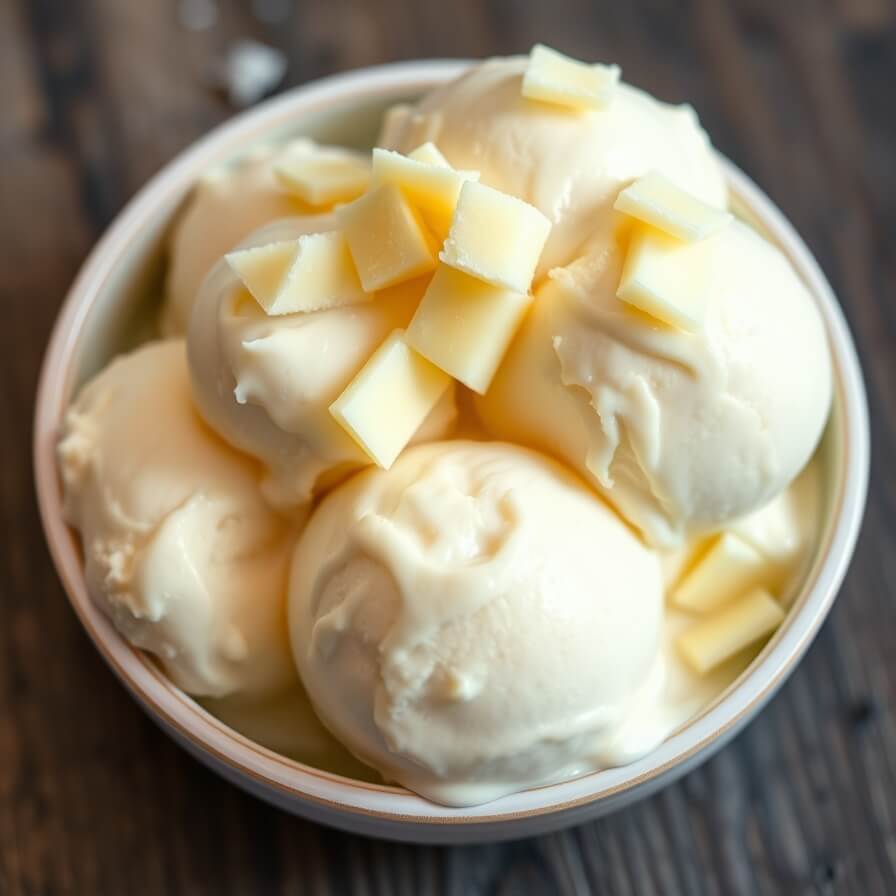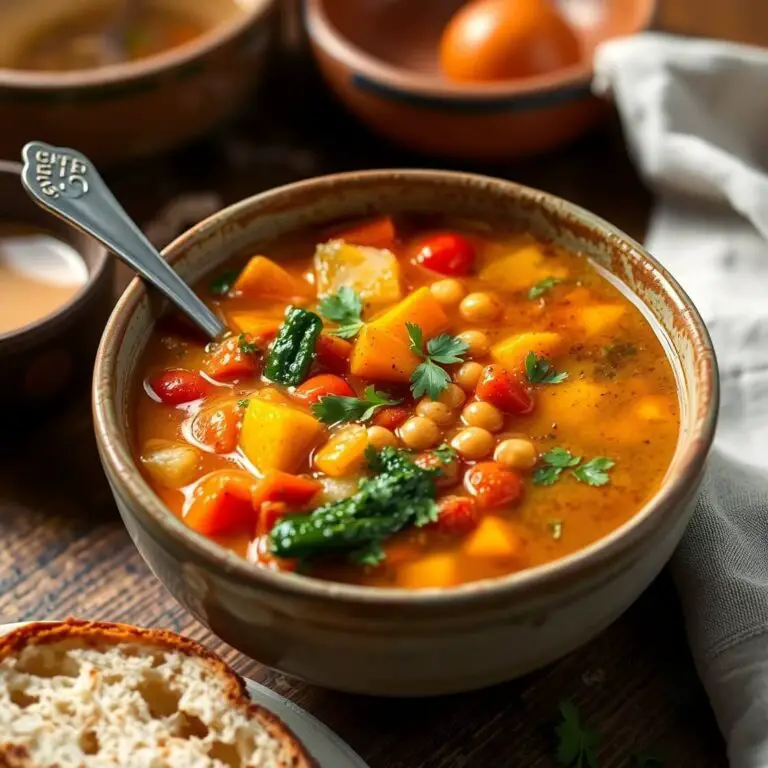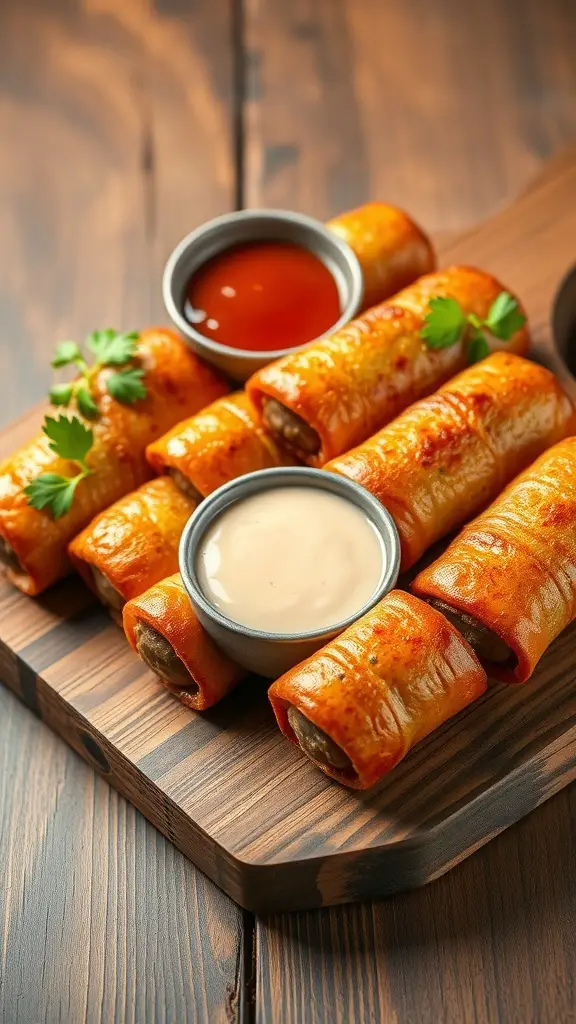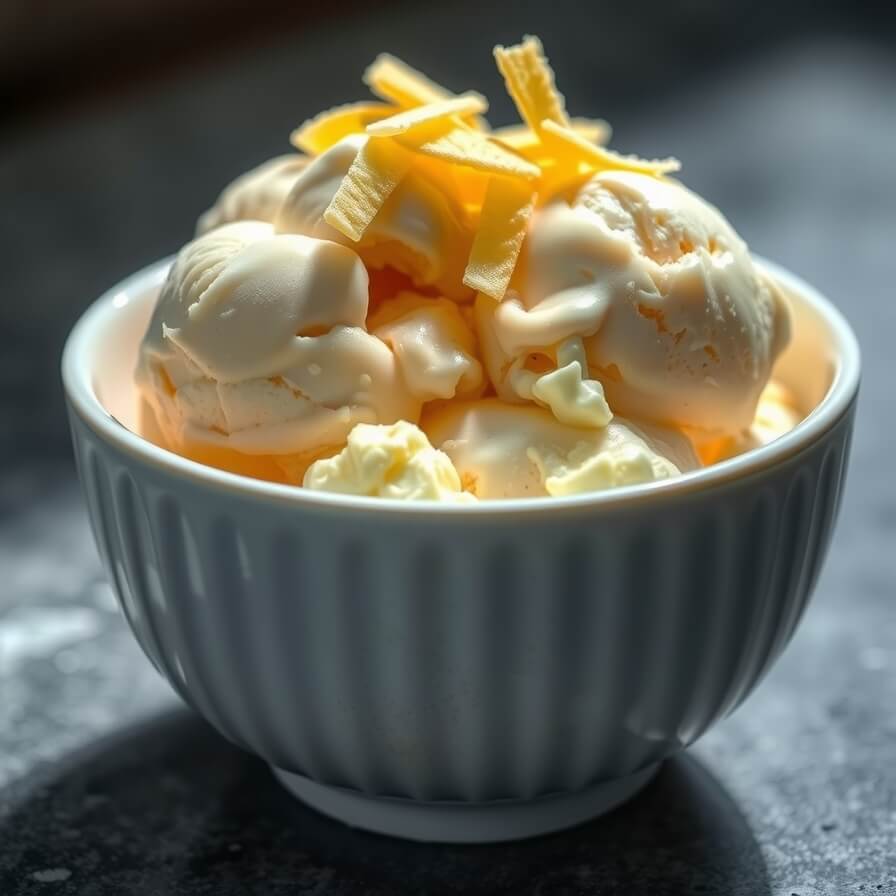
I have to admit, the very first time I heard about “carnivore ice cream,” I laughed. Ice cream… made almost entirely from animal products? It sounded like something my grandfather would have joked about—right alongside his stories of walking ten miles to school in the snow. But curiosity gets the best of me every single time, especially when it comes to food experiments.
The idea kept coming back to me. What if I could still enjoy something creamy, cold, and indulgent without stepping outside a strict carnivore approach? I kept imagining those evenings when my family gathers around after dinner, expecting something a little sweet, a little special. And honestly, the thought of handing them a bowl of “carnivore ice cream” was too amusing to resist.
So one weekend, with a bit of skepticism but a lot of determination, I whisked together egg yolks, heavy cream, butter, and a touch of sweetener—still technically optional for anyone who wants to stay pure carnivore. After the first churn, I dipped a spoon in… and froze. It was rich like custard, cold like classic ice cream, and surprisingly satisfying. Even my family, who normally looks suspiciously at my recipe experiments, asked for seconds.
That’s when I knew this wasn’t just a novelty. This was a keeper. And now, I’m sharing it with you—my creamy, scoopable carnivore ice cream that feels like a treat without breaking your eating plan.
Why I Love This Recipe
There’s something wonderfully rebellious about making ice cream without the usual lineup of sugar, stabilizers, and thickeners. Instead, this recipe celebrates simplicity—real cream, real yolks, a little butter, and the beautiful richness they create together.
What makes carnivore ice cream special is the way it manages to feel indulgent and wholesome at the same time. You don’t feel weighed down by a sugar crash afterward, and you certainly don’t feel like you’ve gone off-track. Everything in this dish supports a fat-forward, animal-based diet, yet the final product tastes like something you’d expect from an old-fashioned ice cream parlor.
Another reason I love this recipe is because of the control it gives me. When you make ice cream at home, you can adjust the texture, the richness, and the flavor—whether you want something ultra-buttery or something lighter and creamier. And unlike traditional ice cream, you don’t have to worry about additives that might affect your digestion or energy levels.
Carnivore ice cream is also a lifesaver for those moments when cravings sneak in. If you’ve ever followed a strict carnivore or keto diet, you know exactly what I mean. Sometimes you just want something that feels like dessert without undoing all your hard work. This recipe satisfies that itch perfectly.
But maybe the thing I appreciate most is how fun it is to make. The process reminds me of traditional custard making, but without the stress of tempering large amounts of sugar. It’s simple, comforting, and gives you that old-fashioned “from scratch” feeling. And every time I scoop it into a bowl, I remember that food doesn’t need to be complicated to be good. Sometimes, it really is the simplest combinations that surprise us the most.
Ingredients for Carnivore Ice Cream
When you look at the ingredient list for this recipe, you’ll probably smile at how short and familiar it is. There’s nothing exotic or hard to find here—just classic, animal-based ingredients that work beautifully together.
Let’s talk through what you’ll need and why it matters.
Heavy cream:
This is the backbone of the ice cream. The higher the fat content, the creamier and smoother your final texture will be. If you’ve ever churned homemade ice cream before, you already know that fat is what prevents ice crystals from forming. In a carnivore version, where we aren’t adding sugar or cream stabilizers, cream becomes even more important. Choose the highest-quality cream you can find—preferably without gums or additives.
Egg yolks:
Yolks bring that velvety custard texture, adding richness and structure. They also contribute natural emulsifiers, which help your ingredients blend smoothly and freeze beautifully. The more golden the yolks, the richer the color of your ice cream will be.
Butter:
This might sound unusual in an ice cream recipe, but trust me—it works. Butter intensifies the creamy mouthfeel and compensates for the lack of sugar, which normally softens ice cream. When you melt the butter and blend it with the warm cream base, it becomes part of the overall texture.
Sweetener (optional):
Some carnivore purists skip this entirely. Others prefer a touch of sweetness using ingredients like allulose, which freezes softer than erythritol and prevents iciness. If you want to stay true carnivore, leave it out. If you want a little dessert-like lift, one tablespoon will do wonders.
Vanilla extract or scrape from a vanilla bean (optional):
Again, optional—and not 100% carnivore—but many people following a relaxed version allow flavor extracts. Without it, your ice cream will taste clean and buttery like frozen custard. With it, you get that nostalgic ice cream aroma that reminds you of summer evenings and birthday parties.
These ingredients come together more easily than you’d expect. No powders, no gums, nothing that feels strange or artificial. Just simple, wholesome building blocks that shine when treated with a little care.
How Much Time Will You Need
The total time depends on whether you chill the custard aggressively or casually.
Preparing the custard takes about 10–12 minutes. Chilling the mixture usually requires 2–3 hours if you place it in the fridge. If you’re in a hurry, you can set the bowl over an ice bath and bring it down to temperature in about 30 minutes.
After that, the ice cream machine does the work in 20–25 minutes. If you want a firmer, scoopable texture, transfer it to a freezer-safe container and freeze for 1–2 hours.
So, in summary:
A relaxed version takes around 3.5–4 hours, but the hands-on time is very minimal.
How to Make This Carnivore Ice Cream
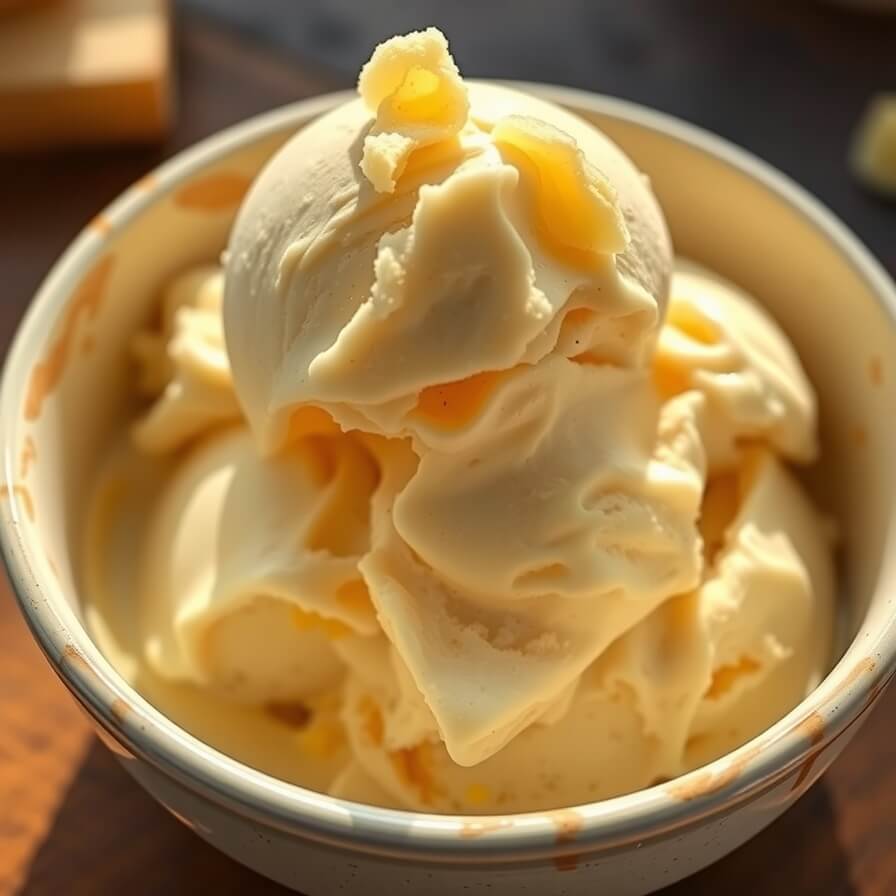
Here’s the step-by-step process I use every time. I’m walking you through it slowly so you feel confident at each stage.
Step – 1: Warm the cream
Pour the heavy cream into a saucepan and set the heat to medium-low. You don’t want it to boil—you’re simply warming it until steam just begins to rise. Stir occasionally to avoid scorching. This gentle heating prepares the cream to blend perfectly with the yolks and butter.
Step – 2: Whisk egg yolks separately
In a small bowl, whisk the egg yolks until they’re smooth and slightly thickened. This step ensures your custard will be silky instead of grainy. If you’re using a sweetener, you can whisk it into the yolks now.
Step – 3: Temper the yolks
Slowly ladle a small amount of the warm cream into the yolk mixture, whisking continuously. This prevents the eggs from scrambling. Add about half a cup of cream this way, then pour the entire yolk mixture back into the saucepan.
Step – 4: Cook into a custard
Keep the heat low and stir constantly with a silicone spatula or whisk. The custard will thicken gradually. When it coats the back of a spoon and holds a clear line when you drag your finger through it, it’s ready.
Step – 5: Add butter
Remove from heat and whisk in the butter until melted and fully combined. This step creates that dreamy richness carnivore desserts are known for.
Step – 6: Strain (optional but helpful)
Pour the custard through a fine strainer into a clean bowl. This guarantees a smooth, lump-free texture.
Step – 7: Chill completely
Let the custard cool to room temperature, then refrigerate until fully chilled. Cold custard churns better and produces smoother ice cream.
Step – 8: Churn
Pour the chilled mixture into your ice cream maker and churn until thick and creamy. The texture should resemble soft-serve.
Step – 9: Freeze to firm
Transfer to a freezer-safe container and freeze for 1–2 hours if you prefer a firmer scoop.
Substitutions
Here’s the fun part—yes, even carnivore ice cream has room for variations.
If you want to go ultra-rich, replace part of the heavy cream with raw milk cream (the thick top layer). It makes the texture silky.
Another option is using duck egg yolks instead of chicken yolks. Duck yolks are richer and make the ice cream noticeably denser. If you’ve never used them, you’re in for a treat.
For a lighter version, reduce the butter slightly or swap half the heavy cream for a splash of half-and-half. This still keeps the recipe carnivore-friendly but makes it less intense.
And if you’re not strict carnivore, you can add a splash of vanilla or even a hint of cinnamon. Both add fragrance without overwhelming the cream base.
Best Side Dish of Carnivore Ice Cream
You might be surprised, but carnivore ice cream pairs beautifully with other protein-forward foods. Here are a few combinations I love:
Crispy bacon curls
Buttery seared ribeye bites
Grilled halloumi cubes
Each brings a salty-satisfying contrast that makes the cold creaminess even better.
Serving and Presentation Tips
There’s something magical about presenting a dessert that feels both familiar and a little unexpected. Carnivore ice cream already surprises people with its creamy richness, so why not elevate the experience even more when serving it?
One thing I’ve learned from years of hosting family dinners is that presentation sets the mood long before the first bite. You can make even the simplest dish feel special just by giving it the right stage.
For carnivore ice cream, I like to scoop it into chilled bowls—this keeps the texture firm and prevents the edges from melting too quickly. If you want to create that old-fashioned parlor feel, use a warm spoon dipped in hot water to get perfectly rounded scoops.
A light drizzle of melted butter on top (yes, really) gives it that glossy, gourmet look. Another lovely touch is shaving a bit of frozen butter over the top like delicate curls. It looks almost like white chocolate shavings but stays fully carnivore-friendly.
If you’re serving it for guests, offer small tasting portions alongside savory bites like crispy bacon. It sounds unusual, but the contrast of salty and cold creates a tasting experience most people aren’t expecting.
You can even freeze the custard in small ramekins instead of a single container. That way each person gets their own portion, similar to a personal soufflé—simple, elegant, and incredibly satisfying.
Tips and Tricks to Make This Recipe Better
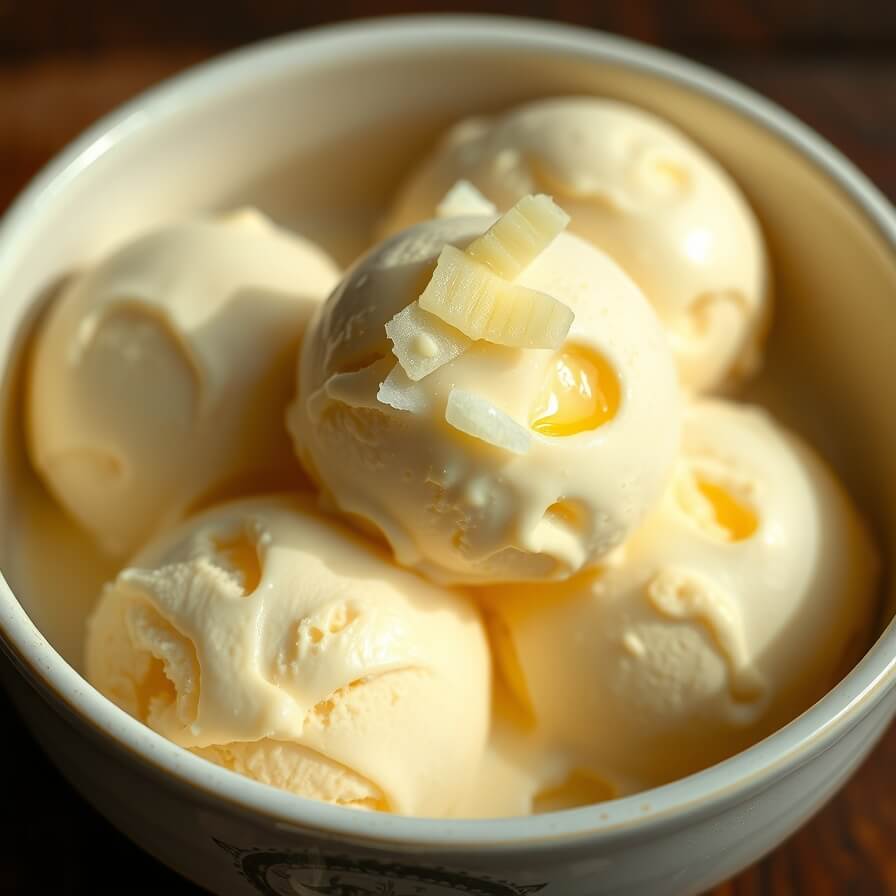
When you’ve made this recipe a few times, you start noticing all the little details that elevate the final result. Think of these as your quiet helpers—the small touches that make the difference between “good” and “wow, I need another scoop.”
One tip is to chill every component that touches the ice cream. The colder your custard is before churning, the creamier the ice cream will be. Even chilling the freezer bowl for your ice cream maker overnight makes a noticeable difference.
Another trick is to whisk patiently when tempering the egg yolks. This one step determines whether your custard will be silky smooth or slightly grainy. Slow and steady wins here.
If you want a softer scoop straight out of the freezer, add one tablespoon of allulose to the custard. While optional, it prevents the ice cream from freezing too hard without affecting the carnivore approach for most people.
Using high-quality butter also improves the flavor dramatically. Grass-fed butter adds a deeper, naturally sweet aroma that makes the ice cream feel fuller and richer.
Finally, don’t skip the straining step. Even if the custard looks perfectly smooth, straining ensures nothing compromises the texture. It’s an extra minute of work that pays off every time.
Common Mistakes to Avoid
Even simple recipes have their little traps, so let’s talk about the ones I learned the hard way.
One common mistake is overheating the cream or custard. When the temperature climbs too high, the eggs curdle. Always keep the heat low and steady. If you see steam, you’re already close to the limit.
Another mistake is rushing the cooling process. Warm custard does not churn well—it becomes icy instead of creamy. Give it the time it needs, or use an ice bath to bring it down quickly.
Some people skip the butter, thinking it won’t matter much. But the butter is what gives carnivore ice cream its signature richness. Without it, your texture changes dramatically.
And finally, avoid freezing the ice cream for too long without covering it well. Exposure to air creates icy edges and can dull the flavor.
How to Store It
Storing carnivore ice cream properly makes all the difference in maintaining that creamy texture. Once it’s done churning, transfer the ice cream into a freezer-safe container with a tight-sealing lid. I prefer shallow, wide containers because they freeze more evenly and allow for easier scooping.
Press a piece of parchment paper directly onto the surface before closing the lid. This prevents ice crystals from forming.
Store it in the coldest part of your freezer—not the door. The temperature there fluctuates every time someone opens the freezer, and that leads to iciness over time.
Properly stored, your carnivore ice cream stays delicious for up to one week. It rarely lasts that long in my home, but it’s good to know. If it firms up too much, simply let it sit at room temperature for 10–15 minutes before scooping.
FAQ
Is carnivore ice cream really carnivore?
Yes—when you stick to cream, egg yolks, and butter. Adding optional ingredients like allulose or vanilla makes it carnivore-ish, depending on your personal approach.
Can I make it without an ice cream maker?
You can. Simply whisk the chilled custard every 30 minutes as it freezes. The texture will be less airy but still delicious.
What can I add for flavor without breaking carnivore rules?
Butter, additional yolks, or salt. For a relaxed version, vanilla or cinnamon is acceptable for many.
Why is my ice cream too hard?
It likely needs more fat or a tablespoon of allulose to soften the freeze.
Can I use whole eggs instead of just yolks?
It’s not recommended. The whites create a different texture and can make the ice cream icy.

Carnivore Ice Cream Recipe
- Total Time: 3–4 hours
- Yield: 4 1x
- Diet: Low Calorie
Description
This carnivore ice cream is my go-to for those moments when I crave something cold, creamy, and indulgent without stepping outside an animal-based diet. Made from just heavy cream, butter, and egg yolks, it brings a nostalgia-packed richness that tastes like old-fashioned frozen custard. It’s incredibly smooth, deeply satisfying, and shockingly simple to make. Whether you’re following a strict carnivore plan or just looking for a low-carb dessert that feels luxurious, this recipe delivers every time. With just a handful of ingredients and a surprisingly easy method, it turns into a perfectly scoopable treat that even non-carnivore family members love.
Ingredients
- Heavy cream
- Egg yolks
- Butter
- Optional allulose
- Optional vanilla
Instructions
- Heat the cream gently in a saucepan.
- Whisk the yolks separately until smooth.
- Temper the yolks with warm cream, then combine fully.
- Cook on low heat until thickened.
- Whisk in butter.
- Strain and chill thoroughly.
- Churn until creamy.
- Freeze to desired firmness.
Notes
- Use grass-fed butter for the best flavor, and always chill the custard fully before churning for a smoother texture.
- Prep Time: 10 minutes
- Cook Time: 10 minutes
- Category: Dessert
- Method: Churning
- Cuisine: American
Nutrition
- Serving Size: 4
- Calories: 420
- Sugar: 1g
- Sodium: 40mg
- Fat: 44g
- Saturated Fat: 26g
- Unsaturated Fat: 16g
- Trans Fat: 0g
- Carbohydrates: 2g
- Fiber: 0g
- Protein: 4g
- Cholesterol: 260mg

